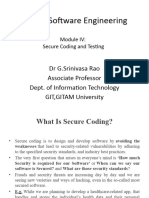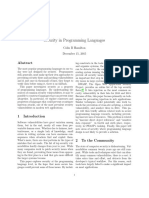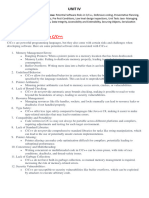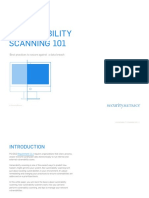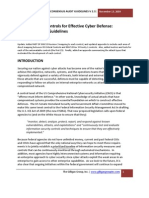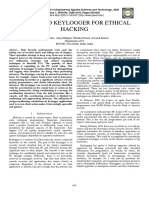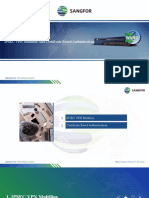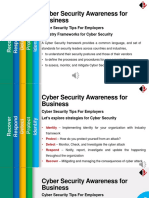0% found this document useful (0 votes)
51 views19 pagesSecure Programming
The document discusses secure programming, emphasizing the importance of developing software with a focus on security to protect sensitive data and prevent vulnerabilities. It outlines common insecure programming practices, techniques for secure coding, and the significance of input validation, output encoding, and secure database access. Additionally, it highlights the role of security testing and code review in identifying vulnerabilities and ensuring the resilience of software systems.
Uploaded by
natasha muunganirwaCopyright
© © All Rights Reserved
We take content rights seriously. If you suspect this is your content, claim it here.
Available Formats
Download as PPTX, PDF, TXT or read online on Scribd
0% found this document useful (0 votes)
51 views19 pagesSecure Programming
The document discusses secure programming, emphasizing the importance of developing software with a focus on security to protect sensitive data and prevent vulnerabilities. It outlines common insecure programming practices, techniques for secure coding, and the significance of input validation, output encoding, and secure database access. Additionally, it highlights the role of security testing and code review in identifying vulnerabilities and ensuring the resilience of software systems.
Uploaded by
natasha muunganirwaCopyright
© © All Rights Reserved
We take content rights seriously. If you suspect this is your content, claim it here.
Available Formats
Download as PPTX, PDF, TXT or read online on Scribd
/ 19












